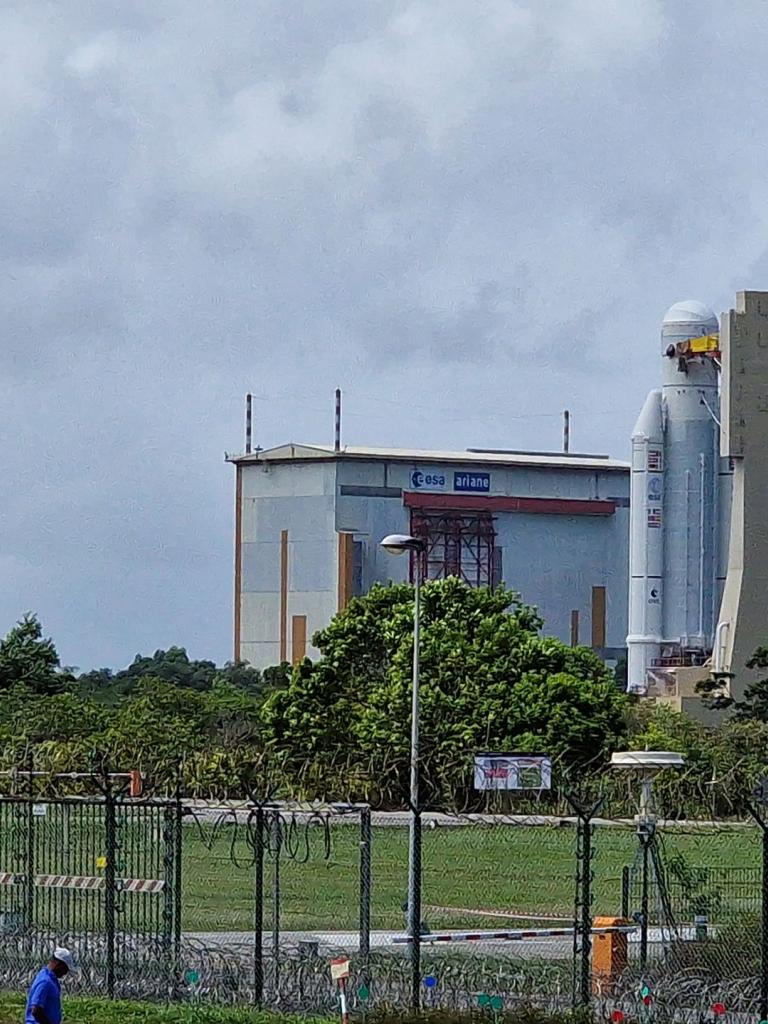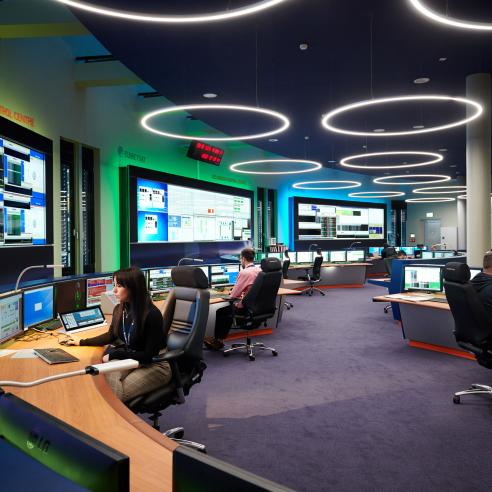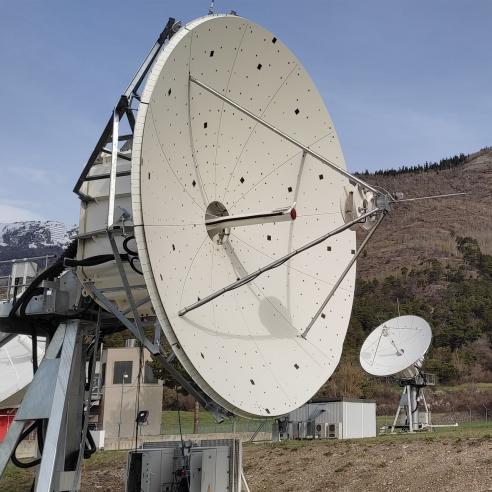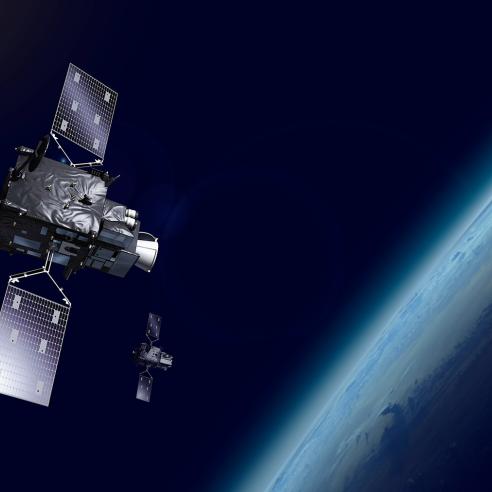
The unbelievable joy of a satellite launch
Meet Christian Corba, one of many behind the Meteosat Third Generation mission


As we gear up for the end-of-the-year launch of the first of the Meteosat Third Generation satellites, we’re shining a spotlight on the important people who are making this mission happen.
“A military officer from the Italian Ministry of Defence suggested that I not even apply because I wouldn’t make it past the first round,” said Corba. “But anyway, I’m satisfied with how my career turned out. Maybe it was even for the better because the military academy has very strict rules and sometimes I’m not so keen on following rules!”
Nowadays, Corba is grateful to be able to integrate his passion for flight into his life by working as Launch Service Manager for EUMETSAT. He ensures the smooth launch of geostationary satellites – satellites that remain over the same spot on Earth by moving along with the rotating planet. At the moment, he is focused on tomorrow’s launch of the first Meteosat Third Generation satellite, MTG-I1.
From liasing with people from the European Space Agency working on the launch campaign, to those from Arianespace, the company providing the launch service, Corba has been busy navigating the unique challenges that launching this new spacecraft brings.

The first challenge he worked on was ensuring that the satellite will stay in the launcher.
“The external geometry of the satellite should fit inside the fairing, which is the upper part of a rocket. It’s basically a shield that protects the spacecraft during the first phase of its journey, when the satellite travels through the air in the atmosphere,” explained Corba.
“We used a computer model to check that the satellite fits inside the fairing. We checked for places where any part of the satellite, such as an antenna, protrudes beyond the allowable volume of the fairing. This is tricky because you also need to consider what we call the dynamic envelope – even when the rocket is being launched and there is a lot of vibration, no part of the satellite should protrude beyond the limit.”
Many other factors during launch need to be anticipated to make sure the satellite arrives safely in its orbit nearly 36,000km above the Earth, too. These include the vibration due to the rocket’s acceleration, the pressure that comes from the noise during liftoff, and the drastic drop in temperature the satellite must withstand during its ascent.
Corba is responsible for making sure the satellite will be able to stand up to all these threats, in addition to ensuring that the metal belt that attaches the satellite to the launcher will hold the satellite in place during launch and not damage it when, at an altitude of around 2,400km, springs in the launcher will propel the satellite away from the rocket.
Years of liaising with partners and service providers, managing the launch contract, and overseeing the launch campaign itself, will culminate tomorrow in the launch of MTG-I1 from the spaceport in Kourou, French Guiana. On the day, beginning twelve hours before launch, Corba will be on alert in the Jupiter II control centre, ready to ensure that everything goes according to plan.
Anticipating tomorrow’s launch makes him think back to the rush he felt watching the launch of Meteosat 10 in 2012.
“It was very emotional to see a launch for real for the first time. I was in the satellite control room and when it was close to the final ten seconds, I ran like crazy into the parking lot and looked up, waiting to see it. First, you see the plume from the rocket. Then, the noise from the engine arrives a bit later. It doesn’t create any vibration but I felt it inside, especially as a person who was always passionate about rockets,” said Corba.
“It was unbelievable to see something you’ve worked on so hard, for so long, flying away.”
Author:
Sarah Puschmann



